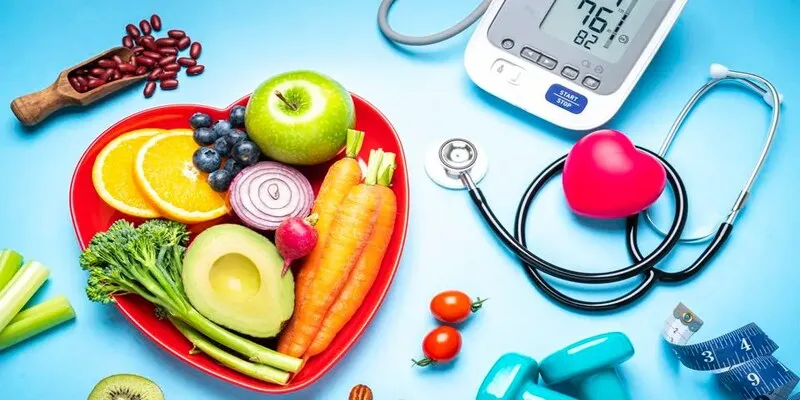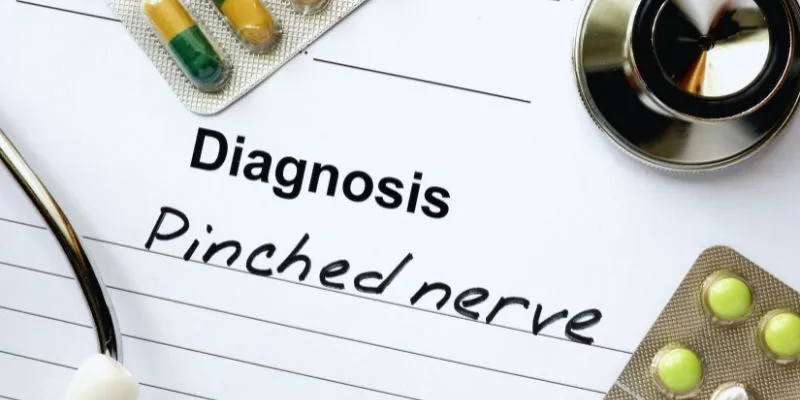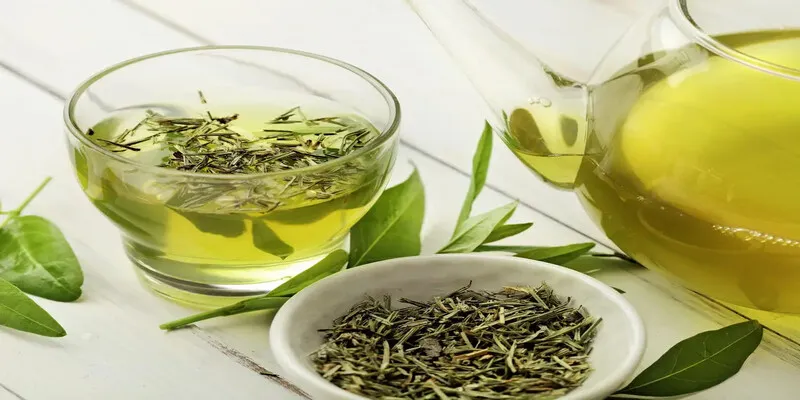Maintaining Healthy Blood Pressure to Reduce Stroke Recurrence
High blood pressure, or hypertension, is a major risk factor for recurrent strokes. After a stroke, controlling blood pressure is vital to lowering the risk of a second occurrence. When left unmanaged, hypertension places excessive strain on blood vessels, causing further damage and significantly increasing the chances of another stroke. By maintaining healthy blood pressure levels, individuals can safeguard their blood vessels, enhance cardiovascular health, and support a smoother recovery.
Link Between Blood Pressure and Stroke:
High blood pressure, or hypertension, exerts excessive stress on blood vessels, weakening them over time and increasing their susceptibility to damage. This damage can lead to narrowing, blockages, or even ruptures in the brain’s blood vessels, significantly heightening the risk of stroke. A stroke happens when the brain’s blood flow is suddenly cut off, either by a clot blocking the way (ischemic stroke) or a blood vessel bursting (hemorrhagic stroke).
For those who have already experienced a stroke, uncontrolled blood pressure further amplifies the risk of a second stroke, which often carries even more severe consequences. Managing blood pressure through lifestyle changes, medication, and consistent monitoring is essential for reducing these risks and safeguarding cardiovascular health.
The Heightened Danger of a Second Stroke:
A second stroke is often more perilous than the first, posing greater risks to both recovery and quality of life. With the brain already compromised from the initial event, subsequent strokes typically result in more extensive damage.
This can lead to longer recovery times, more severe physical and cognitive impairments, and a diminished quality of life. Survivors of recurrent strokes are also at a much higher risk of long-term disabilities, such as speech difficulties, memory loss, or mobility challenges, as well as life-threatening complications. In many cases, a second stroke can prove fatal.
Why Blood Pressure Management Matters After a Stroke?
Controlling blood pressure after a stroke is essential for recovery and long- term health. Here’s why it’s so important:
- Minimizes Strain on Blood Vessels: Reduces pressure on weakened or damaged blood vessels, lowering the risk of further complications.
- Prevents Artery Blockages: Helps decrease the likelihood of plaque buildup, which could lead to additional strokes.
- Supports Cardiovascular Health: Promotes healthy blood flow to vital organs, including the brain, aiding overall recovery and functionality.
Effective Strategies to Manage Blood Pressure:

1. Monitor Your Blood Pressure Regularly
Keeping track of your blood pressure is key to identifying fluctuations early. With home blood pressure monitors widely accessible, you can easily check your readings daily. Aim for the range recommended by your healthcare provider, usually below 120/80 mmHg for most stroke survivors.
2. Maintain a Balanced Diet
What you eat plays a crucial role in controlling blood pressure. Focus on a diet rich in fruits, vegetables, whole grains, and lean proteins. Limit salt intake to under 2,300 milligrams per day, as advised by the American Heart Association, to minimize blood pressure spikes. Include potassium-rich foods like bananas and spinach to help counteract sodium’s effects.
3. Stay Active
Regular physical activity supports heart health and helps regulate blood pressure. Low-impact exercises, such as walking, swimming, or yoga, are particularly effective. Strive for at least 150 minutes of moderate exercise per week, with your healthcare provider’s approval.
4. Manage Stress Effectively
Chronic stress can significantly raise blood pressure, increasing stroke risk. Incorporate stress-reducing activities like meditation, deep breathing, or engaging in hobbies to enhance your mental well-being and lower stress levels.
5. Cut Back on Caffeine and Sugary Drinks
Excessive caffeine can elevate blood pressure, so moderation is key. Replace sugary beverages with water, herbal teas, or low-sodium vegetable juices to promote overall cardiovascular health.
Managing Blood Pressure with Medications:
For many stroke survivors, lifestyle changes may not be enough to maintain healthy blood pressure levels. In such cases, prescribed medications like diuretics, beta-blockers, or calcium channel blockers can play a crucial role in regulation. It’s essential to take these medications exactly as prescribed and to communicate with your healthcare provider about any side effects or necessary adjustments. Staying consistent with your treatment plan is key to effective blood pressure management.
Lifestyle Changes for Better Health Outcomes:
- Maintain a Healthy Weight: Excess weight places additional strain on the heart and elevates blood pressure.
- Stop Smoking: Smoking harms blood vessels and contributes to high blood pressure.
- Monitor Your Caffeine Intake: While moderate caffeine consumption is generally safe, excessive amounts can cause temporary spikes in blood pressure.
The Importance of Follow-Up Care:

Regular follow-up visits with your healthcare provider are essential for effectively managing blood pressure. These appointments allow doctors to monitor your progress, adjust treatment plans as needed, and detect early signs of potential complications. They also provide a valuable opportunity to address any concerns and discuss strategies for maintaining a healthy lifestyle.
The Impact of Weight Management:
Excess weight places added stress on the heart and blood vessels, often leading to elevated blood pressure. Even modest weight loss—just 5–10% of your body weight can significantly improve blood pressure levels. Achieving sustainable weight management requires a balanced, nutritious diet combined with regular physical activity.
Recognizing the Warning Signs:
Recognizing the warning signs of a potential stroke recurrence can save lives. Keep an eye out for these key symptoms:
- A sudden feeling of numbness or weakness in the face, arm, or leg—usually affecting just one side of the body.
- Struggling to find the right words or understand what others are saying?
- Feeling off-balance, uncoordinated, or hit by sudden dizziness?
If you or someone around you experiences any of these symptoms, seek immediate medical attention. Acting quickly can make all the difference.
Building a Support System:
Managing blood pressure and preventing a second stroke can feel daunting without the right support network. Leaning on family, friends, and support groups can provide much-needed encouragement and accountability throughout the recovery journey. Collaborating with healthcare professionals, such as dietitians, physical therapists, and counselors, ensures a comprehensive and well-rounded approach to healing and long-term health.
Conclusion:
Effectively managing blood pressure is a cornerstone in reducing the risk of a second stroke. By committing to regular monitoring, maintaining a balanced diet, staying active, managing stress, and following prescribed medications, stroke survivors can take meaningful steps toward prevention. Paired with consistent medical follow-ups and a strong support system, these strategies pave the way for a healthier, more resilient future.











